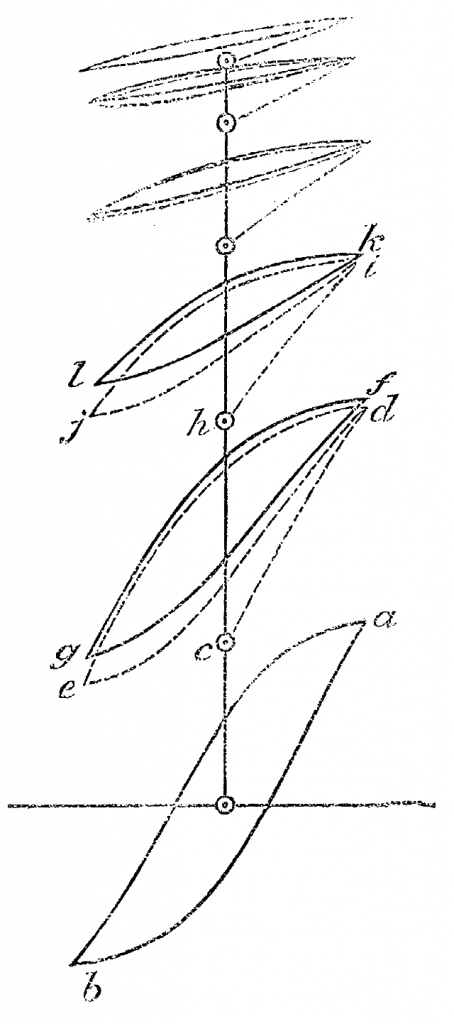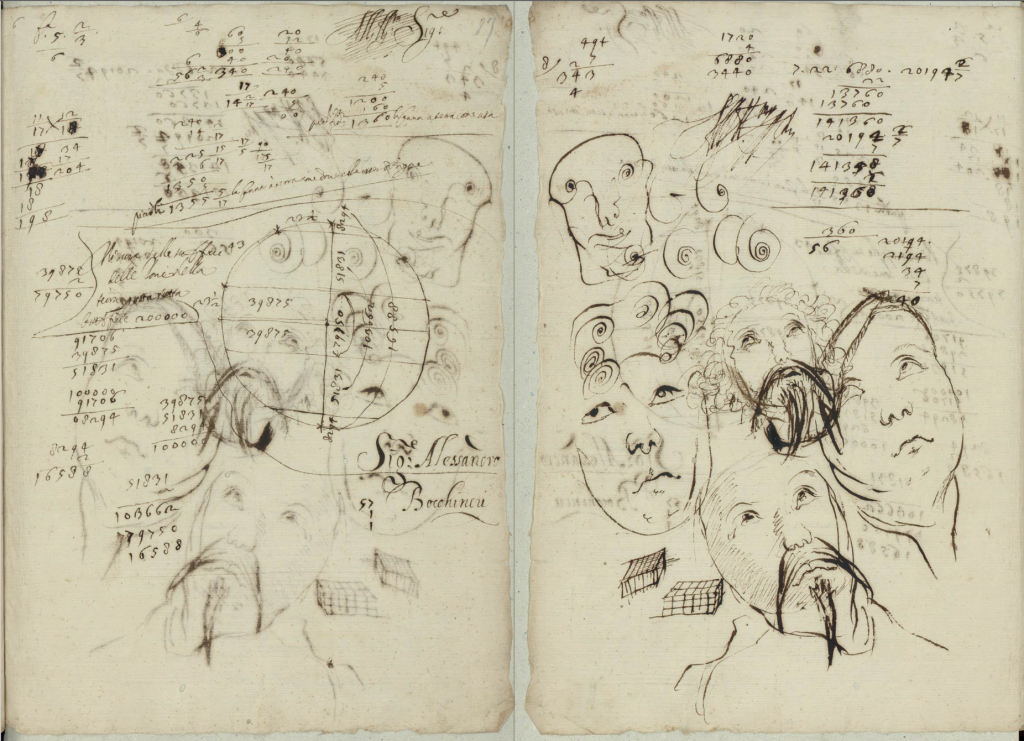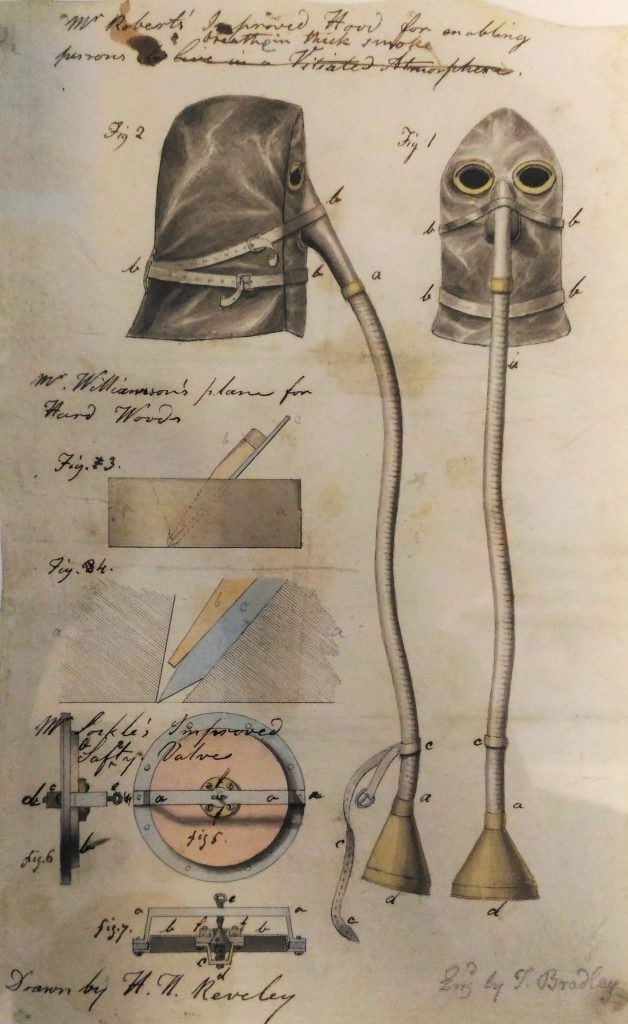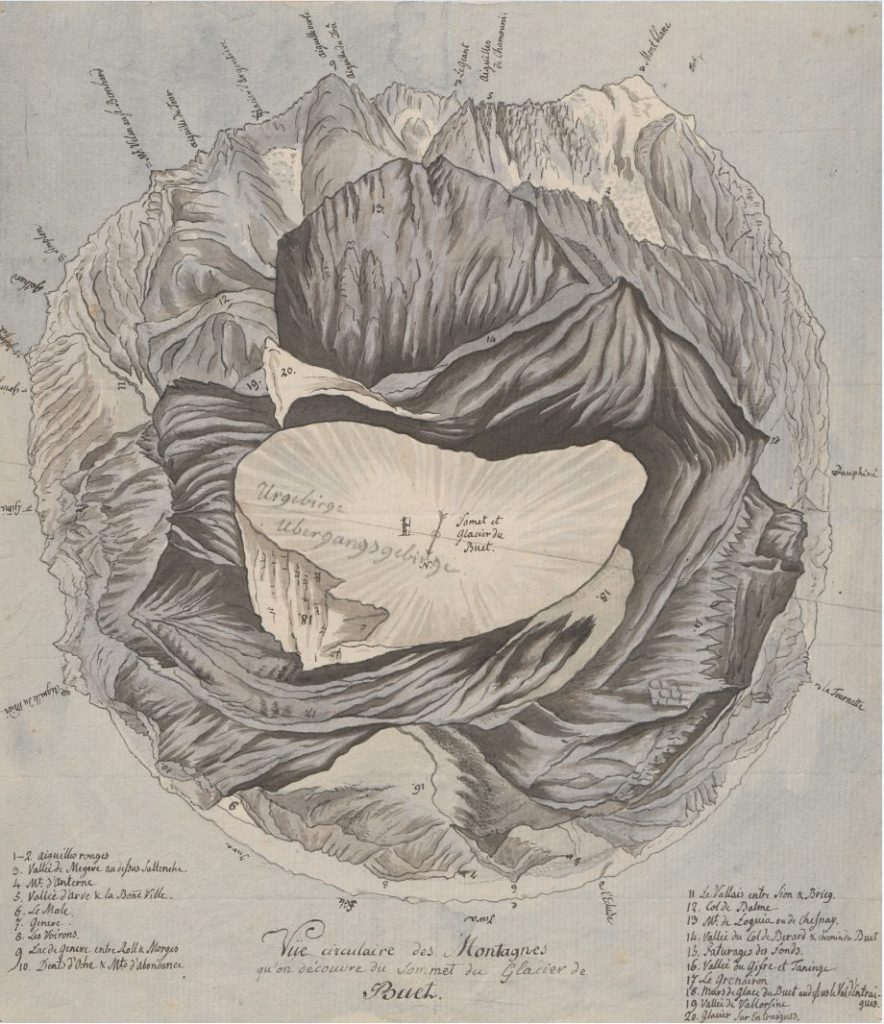How and when did the “kink” in the curve of a thermodynamics experiment become meaningful to a system biologist or investor trader?
This project explores how certain graphical features (such as the modulations, inflexions, kinks or loops of an empirical curve) came to be seen as phenomena that could only be explained by those mathematical or physical models that could generate the same patterns. The emergence of graphical features as epistemic objects created the conditions of possibility for explanatory models that could be extended, through visual analogies, from thermodynamics and magnetism, to biology and economics. The project traces how this development led to a cross-pollination between modelling practices and simulation techniques such as recursive programming, complex dynamics, electrodeposition, or Hele-Shaw flows, etc.

In November 1689, a brief Tuscan encounter between Leibniz and Galileo’s last disciple Vincenzio Viviani set the stage for the epistemological confrontation between a symbolic ‘blind thought’ and the Florentine visual culture. Arguing about many problems of mechanics, hydraulics, and geometry stemming from Galileo’s intellectual as well as material heritage, the two scholars embraced very different perspectives on the intricacies of the nascent physico-mathematics, at the crossroad of natural philosophy, mixed mathematics, and the mechanical arts.
In order to better understand the cultural peculiarities at the root of this conflict, this project digs into the many networks of writings—scripts and drafts, scribbles and working papers, correspondences, and reading notes—underlying the published printed works of both savants. Delving into their personal archives and focusing on the materiality of working notes conceived of as paper tools, the project sheds light on the making of theory by tracing the multifarious material practices underpinning any intellectual operations.

This project is about the study of the evolution of technical drawing in England between 1750 and 1850. These drawings were material parts of specific technical languages which became more complex through practice and theory, especially in the eighteenth and nineteenth centuries. In this project, I will focus on two types of technical drawings, those from institutions that encouraged or protected inventions (e.g. the Royal Society of Arts) and those from the commercial world (e.g. advertising).

On 20 September 1770, two scientists from Geneva, the brothers Jean-André and Guillaume-Antoine Deluc, climbed Mont Buet (3096 m) for the first time in archival memory. Their expedition in the Savoyard state aimed to document the history of the Earth’s origin and carry out several physics experiments at the summit: to measure the temperature of boiling water and determine the height of the mountain by measuring the atmospheric pressure. The picturesque account of their ascent and experiences aroused the interest of other personalities. In 1775, Marc-Théodore Bourrit, an artist and writer from Geneva, discovered a new route and made the mountains and glaciers of the region famous throughout Europe. The Genevan scientists Horace Bénédict de Saussure and Marc-Auguste Pictet followed Bourrit’s footsteps to the summit of Mont Buet, where they repeated Deluc’s experiments and made their own observations. These 18th-century expeditions helped transform the mountain into a laboratory of nature. The summit became a privileged scientific site and a point of intersection between different social worlds, those of the patrician Saussure, the citizen Deluc, the “native” Bourrit, and the local chamois and crystal hunters who served as their guides.
By focusing on the agentivity of an entire mountain range, our research sheds light on the instruments, material practices, and media that allowed for the representation of Mont Buet as a lived and living milieu while paradoxically being gradually domesticated as a mere point on a map. Calling on methods of experimental history, we reenacted two of the historical expeditions, using a replica of an ancient barometer made by Genevan craftsmen and the curators of the Museum of the History of Science in Geneva, to reproduce the physics experiments carried out at the time. At the crossroads of the history of science and technology, environmental history, and the history of tourism, this project addresses the state and study of glaciers in the Little Ice Age, the effects of scientific communication on the broader audience, or the continuation of social struggles in a Nature set up as a laboratory.
Furthermore, through a series of public conferences, a traveling exhibition, and a collaborative website, this project engages in a specific mode of scientific mediation informed by the history of science and technology.
